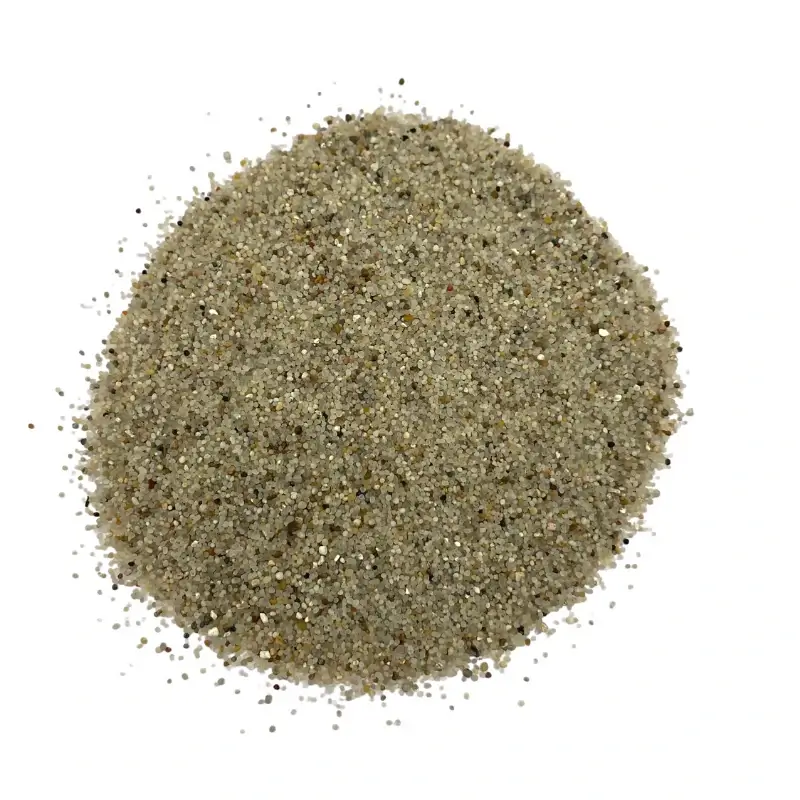
peat vermiculite
The Benefits of Peat and Vermiculite in Horticulture
Peat and vermiculite are two essential components in the world of gardening and horticulture. Each offers unique benefits that can significantly enhance soil quality and plant health. Understanding their properties and applications can help both amateur and professional gardeners achieve better results in their growing endeavors.
What is Peat?
Peat is an organic material formed from the decomposition of plant matter in water-saturated conditions. It is primarily harvested from peat bogs, which are wetland areas where plant material accumulates over thousands of years. Peat is rich in nutrients and retains moisture exceptionally well, making it an essential ingredient in potting mixes and garden soils.
One of the most significant advantages of peat is its ability to improve soil structure. When added to heavier soils, peat helps to loosen the soil and enhances aeration, allowing for better root development and overall plant growth. Additionally, its excellent water-holding capacity means that plants can access moisture for a more extended period, reducing the frequency of watering and helping to prevent drought stress.
However, the environmental impact of peat harvesting has become a topic of concern. The extraction of peat can lead to the destruction of valuable ecosystems and increased carbon emissions, prompting gardeners to seek alternatives. As a result, many horticulturists are exploring more sustainable options while still appreciating the value peat brings to soil health.
What is Vermiculite?
Vermiculite, on the other hand, is a naturally occurring mineral that undergoes a heating process to expand into tiny, lightweight flakes. This mineral has excellent properties for improving soil conditions. Like peat, vermiculite improves soil aeration and drainage and is particularly useful in container gardening or seed starting.
peat vermiculite

One of the key benefits of vermiculite is its ability to retain moisture and nutrients. Its unique structure allows it to hold water effectively, which is critical for young plants and seedlings, as they are often more susceptible to drought conditions. This moisture retention capacity provides a stable environment for roots, reducing the risk of transplant shock.
Additionally, vermiculite is pH neutral, which means it does not affect the acidity or alkalinity of the soil mixture. This characteristic makes it a versatile component in various planting contexts, from vegetables and flowers to indoor plants. It is also lightweight, making it easy to handle and transport, which is particularly advantageous for gardeners managing multiple containers.
Combining Peat and Vermiculite
Combining peat and vermiculite can create an exceptionally balanced potting mix. The peat provides a foundation rich in organic matter, while vermiculite complements it by improving drainage and aeration. This combination promotes healthy root development and ensures that plants have access to moisture and nutrients without becoming waterlogged.
When creating a potting mix, a common ratio is two parts peat to one part vermiculite. However, this can vary depending on the specific needs of the plants being cultivated. For example, plants that prefer drier conditions may benefit from a mix with more vermiculite, while moisture-loving plants may thrive in a higher peat ratio.
Environmental Considerations and Alternatives
As awareness of environmental issues increases, many gardeners are looking for sustainable alternatives to peat. There are several innovative products on the market, such as coconut coir, which has similar moisture retention properties without the environmental downsides associated with peat extraction. These alternatives can be used alongside or in place of peat in gardening applications.
In conclusion, peat and vermiculite are valuable resources in horticulture, offering vital improvements to growing mediums. While peat enhances soil structure and moisture retention, vermiculite provides aeration and weightlessness that benefit plant health. By combining these two components wisely and considering sustainable alternatives, gardeners can create optimal conditions for growth, promoting healthy and vibrant plants. As we cultivate our gardens, staying mindful of environmental impacts will ensure that future generations can also enjoy the benefits of gardening.
Share
-
Premium Talcum Powder Enhanced with GPT-4 Turbo | Soft & Long-LastingNewsAug.02,2025
-
Fly Ash Solutions Enhanced by GPT-4 Turbo | Sustainable InnovationNewsAug.01,2025
-
Natural Premium Bentonite Cat Litter - Superior ClumpingNewsJul.31,2025
-
Premium Resin Coated Sand - High Heat Resistance CastingNewsJul.31,2025
-
High Quality Silicon Carbide Grit for Abrasive ApplicationsNewsJul.30,2025
-
High-Quality Ceramsite for Plants & Gardening | Lightweight PebblesNewsJul.29,2025






